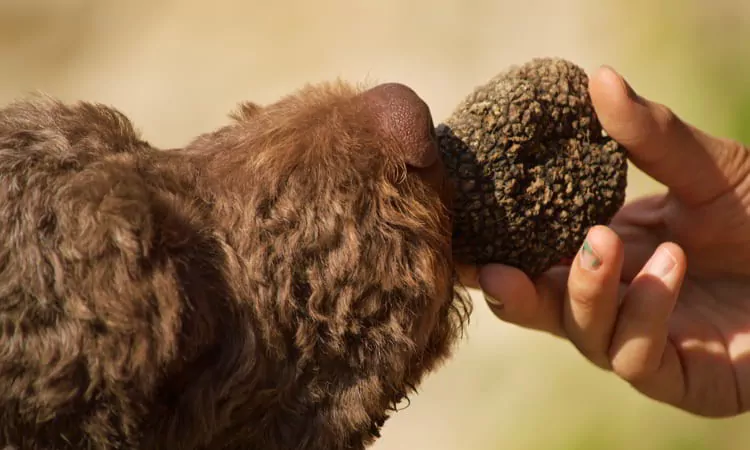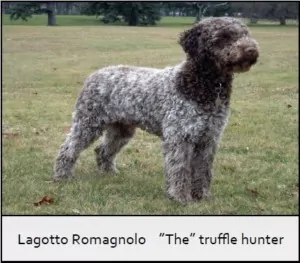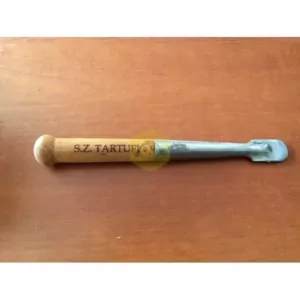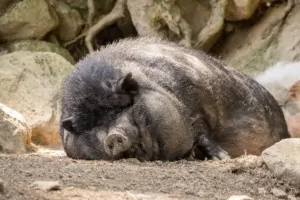
How Truffle Hunting Can Be A Sustainable Investment
The Closely Guarded Secrets Of The Italian Tartufai Create An Irresistible Profit Play
For centuries, the art of truffle hunting has been protected by Italian Tartufai.
These secretive master hunters closely guarded their near mystical knowledge about the combination of seasons, environment, climate, and vegetation required to produce the elusive fungus that can be worth a king’s ransom.
The secrets of truffle hunting were handed down from master to apprentice through oral traditions, including stories, myths, and fables, that reflect the culture and history of the areas where truffles are grown.
Each generation of hunters taught the next to respect the ecological balance and biodiversity of the truffle grounds and not to disturb the truffle-producing soils unnecessarily.
These guys take this stuff seriously.
For centuries they’ve relied both on legacy knowledge… and proprietary tools. Key among these is the truffle spade. It’s not a tool for someone in a hurry… but it helps the hunter avoid damaging the soil or the truffles…
Why Are Truffles So Revered?
Truffles have been ascribed magic powers since before Roman times.
Today they are so sought-after because they are miniature aroma factories, releasing volatile organic compounds that create new worlds of flavors that are worshipped by chefs and gourmets around the world.
Their scarcity means that white Italian truffles, for example, retail regularly for US$4,000 per kg, and prime specimens can sell for many times that amount.
Traditionally truffle hunters used truffle pigs to sniff out the aromatic treasures, because their delicious flavors are irresistible to them too. However; the greedy pigs often refused to hand over the prized treasure and ate them instead and they disturbed the soil too much.
That’s why truffle pigs have been banned in Italy since 1985.
Now, the Tarufai specially breed and train truffle dogs instead. They are easier to handle and are less likely to eat the prize.

To combat this, over the past two decades, processes and knowledge of truffle farming have been refined and perfected.
Today, with proper scientific methods heavy yields of truffles can be coaxed from oak and hazel orchards, but even these technological breakthroughs can’t satisfy demand.
Creating an irresistible investment opportunity that I’ve found a way to take advantage of.
Get in touch here if you would like to find out more about lucrative, sustainable, climate-mitigating investments in European truffle plantations.
Lief Simon





